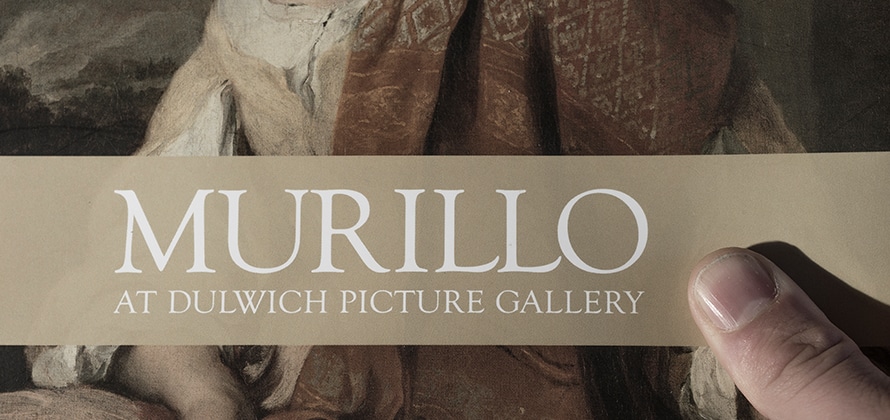
Bartolomé Esteban Murillo (1617–1682) could be considered the most important Spanish painter in the 17th century. He depicted women and children of his time and major religious works mostly between 1670 to 1682. He was extremely popular and he influenced artists such as Thomas Gainsborough which was his admirer.

Ground layers and imprimitura
An extensive technical examination [1] of a collection of 6 Murillo’s paintings revealed that the calcite based ground is covered with a lead white based imprimatura. As for the coloration of the ground “Invitation to a Game of Angolla” [2] has a reddish brown ground which allow the figures to stand out while “Three boys” [2] has a lighter greyish ground which donates greater luminosity to the composition and it is associated with a later period of the artist.
Pigments

The study [1] on the collection of 6 paintings showed lead white, vermilion, red ochre, red lake, ultramarine, smalt, lead tin yellow type I, massicot, ivory black, lamp black and malachite.
Red
Murillo used vermilion (HgS) which is used in two forms, mineral (cinnabar) and synthetic (vermilion). It seem that Murillo used the natural mineral (cinnabar) because the pigments particles are thick and heterogeneous in sizes and irregular in shape. It must be noted that Almaden in Spain has the largest historical cinnabar mines and the town is close to Seville where the workshop of Murillo was located. Murillo made extensive use of red lakes for glazing over red paint or to add warmth such as to the clouds of the “Three boys” [2].
Blue
Murillo used expensive ultramarine sparingly and much more frequently he painted with the cheaper smalt. In “Invitation to a Game of Angolla” [2] and “Three boys” [2] the sky was probably much more blue but smalt degrades into a grey color over time. Ultramarine was used to over smalt to add intensity such as in “Virgin of the Rosary” [2].
Yellow
Murillo used lead tin yellow type I and massicot [1]. The first pigment has high hiding power and it was used in European paintings until 1750. On the other hand, massicot is less stable and was used less.
Green
Murillo obtained green hue mixing yellow and blue and only sparingly he used a green pigment (probably malachite [1]).

Painting Techniques
The X-ray examination of the “Invitation to a Game of Angolla” [2] showed that Murillo made no changes to the composition. This suggests a clear vision for the final result that he probably prepared on drawings. On the other hand, the X-ray of “Three boys” [2] clearly shows a change in the head’s position of one of the boys. This is not common for Murillo which is thought to be a careful planner for his compositions.
Copies
On the “Invitation to a Game of Angolla” pinpricks were found along the sides of the canvas [2]. They were probably made to square-up and copy the painting as happened to many of Murillo’s masterworks.
References
[1] A. Duran, M.B. Siguenza, M.L. Franquelo, M.C. Jimenez de Haro, A. Justo, J.L. Perez-Rodriguez “Murillo’s paintings revealed by spectroscopic techniques and dedicated laboratory-made micro X-ray diffraction” Analytica Chimica Acta 671 (2010) 1-8.
[2] Xavier Bray “Murillo at Dulwich Picture Gallery” Dulwich Picture Gallery, published by Philip Wilson Publishers, London (2013).





